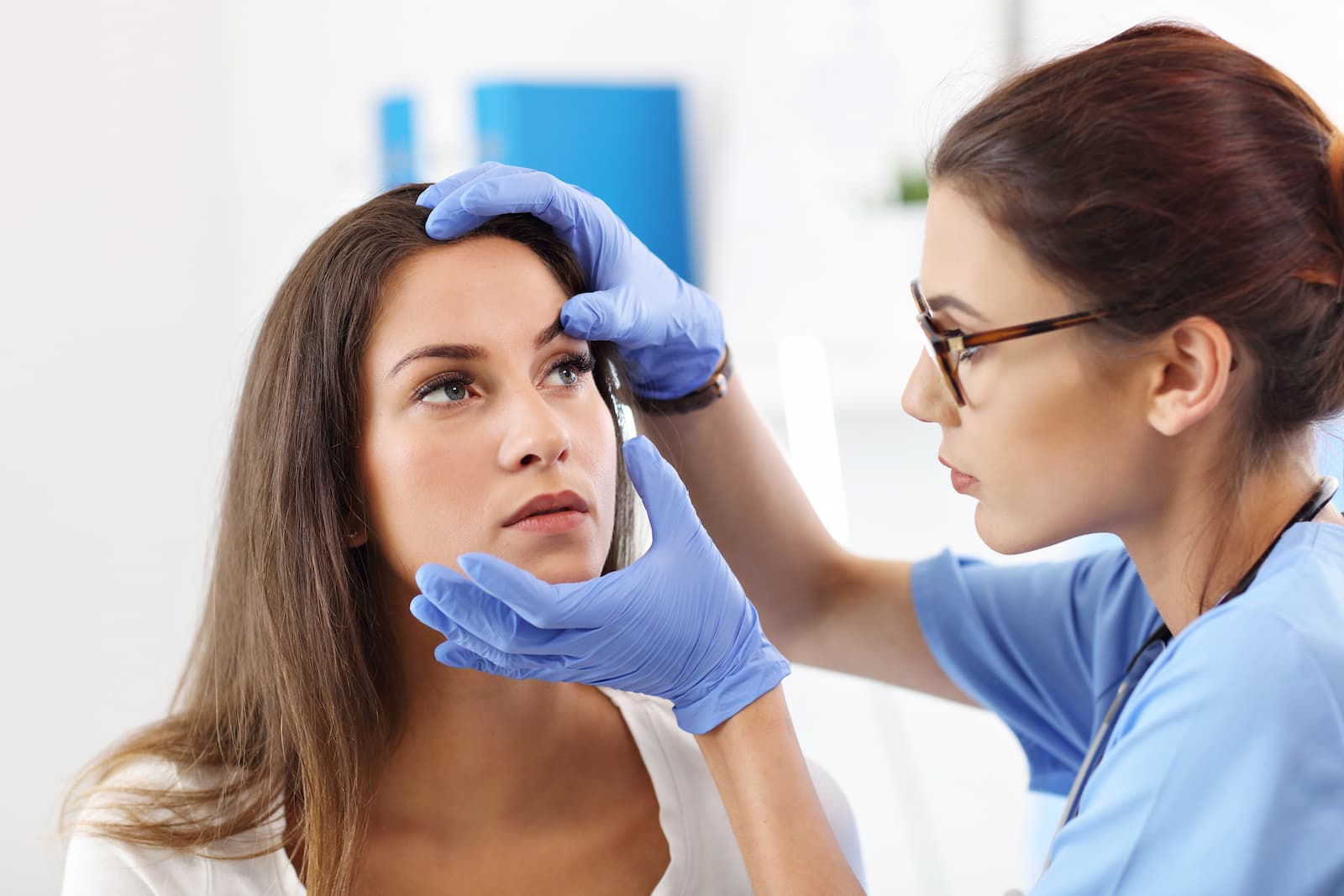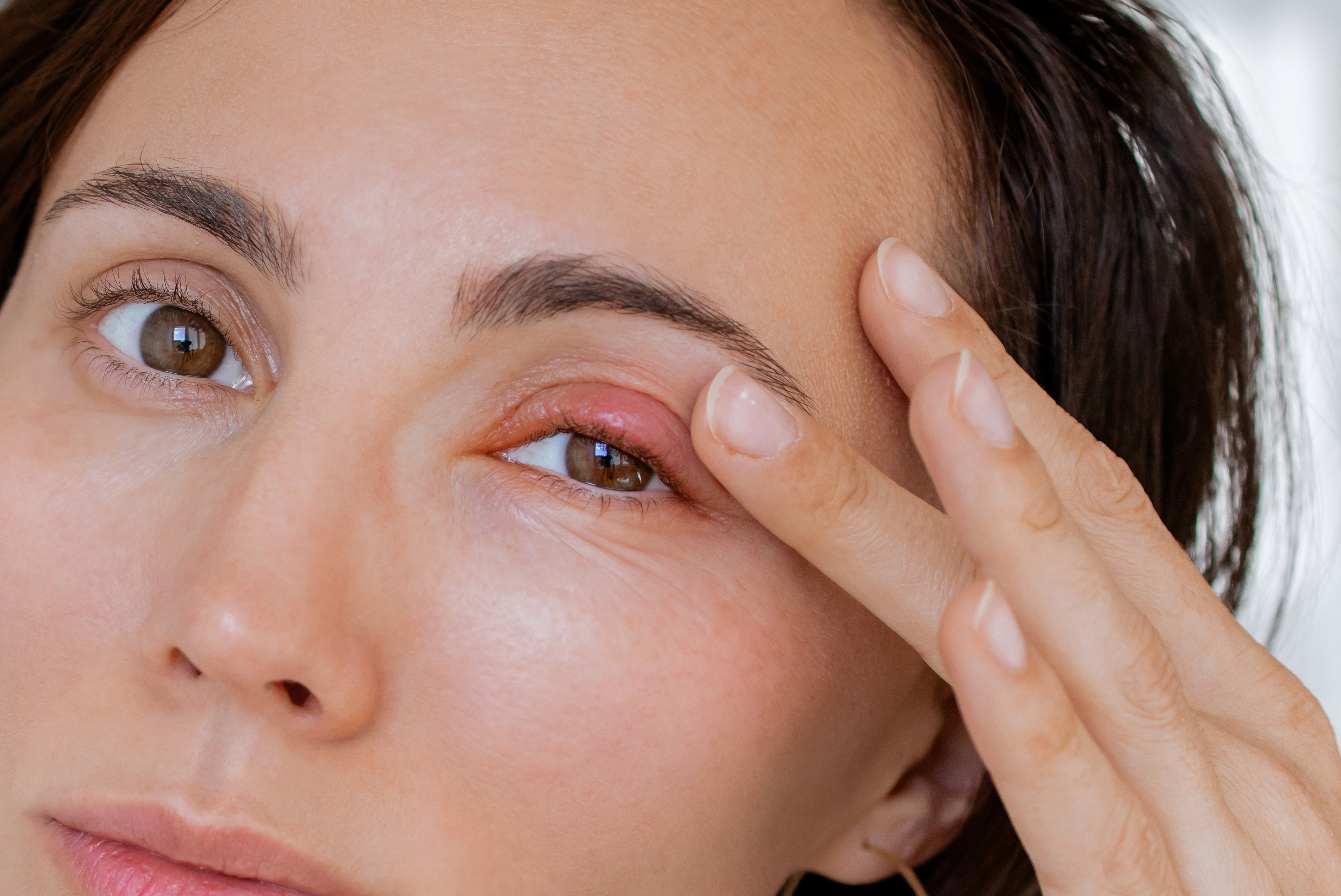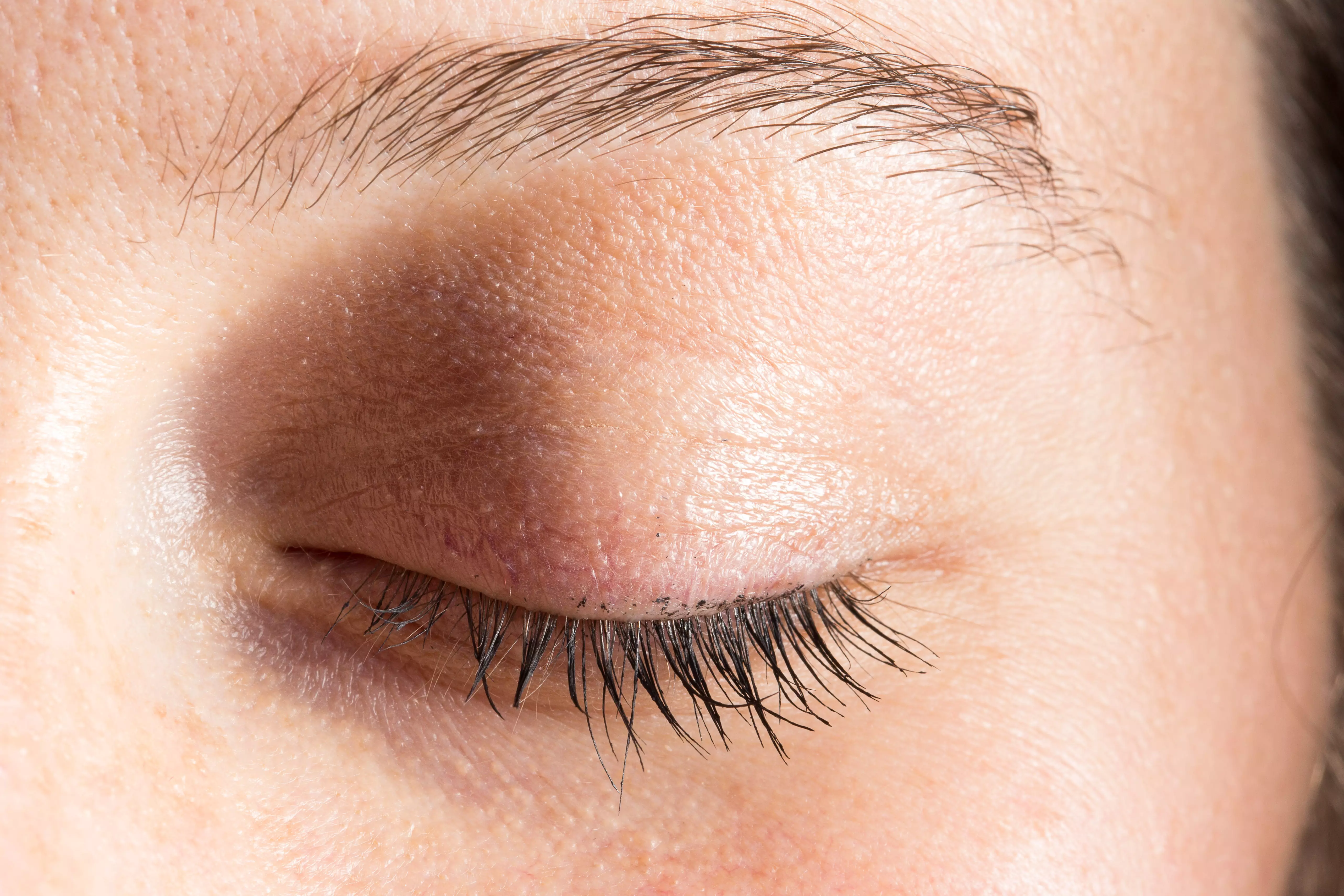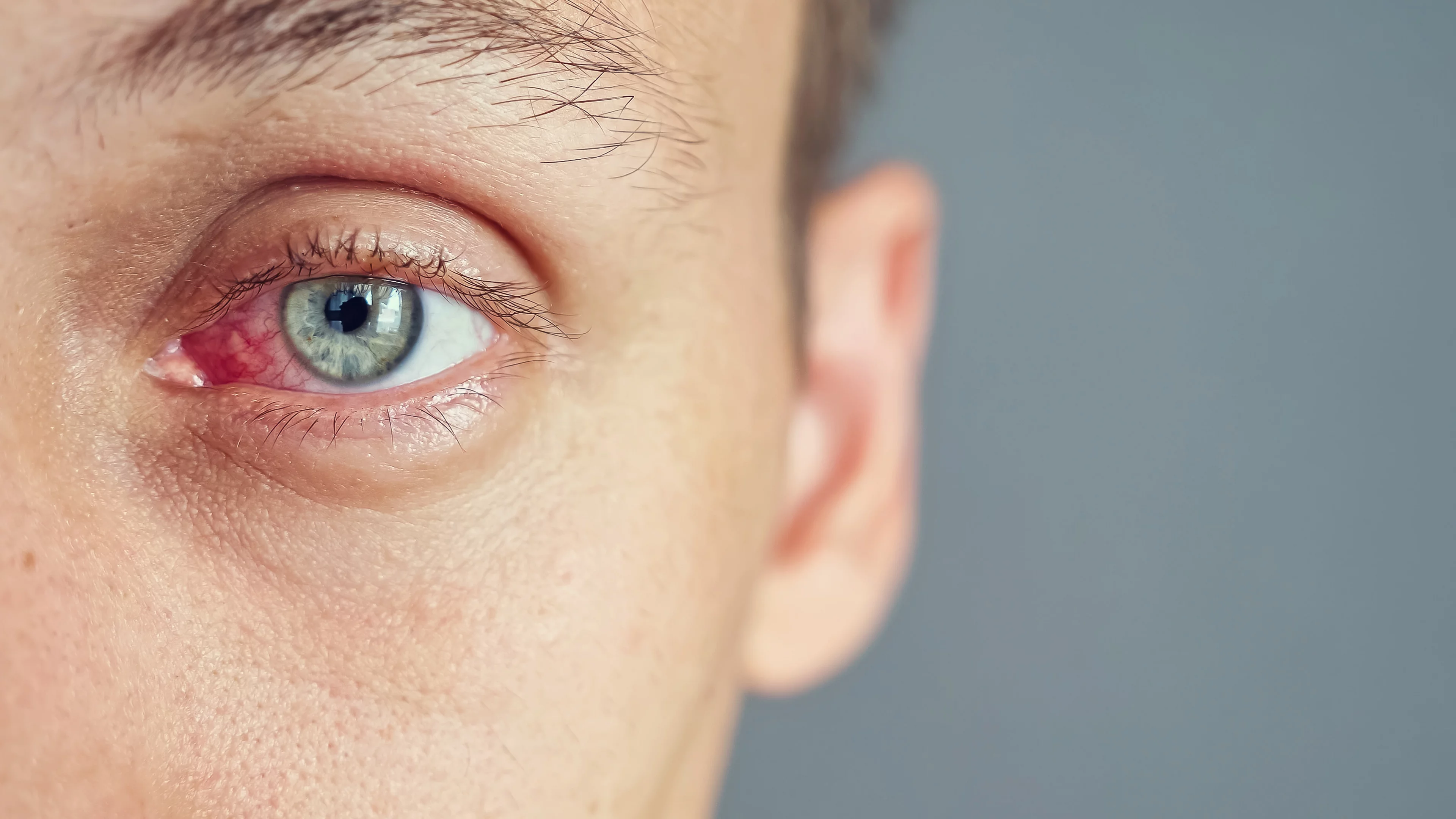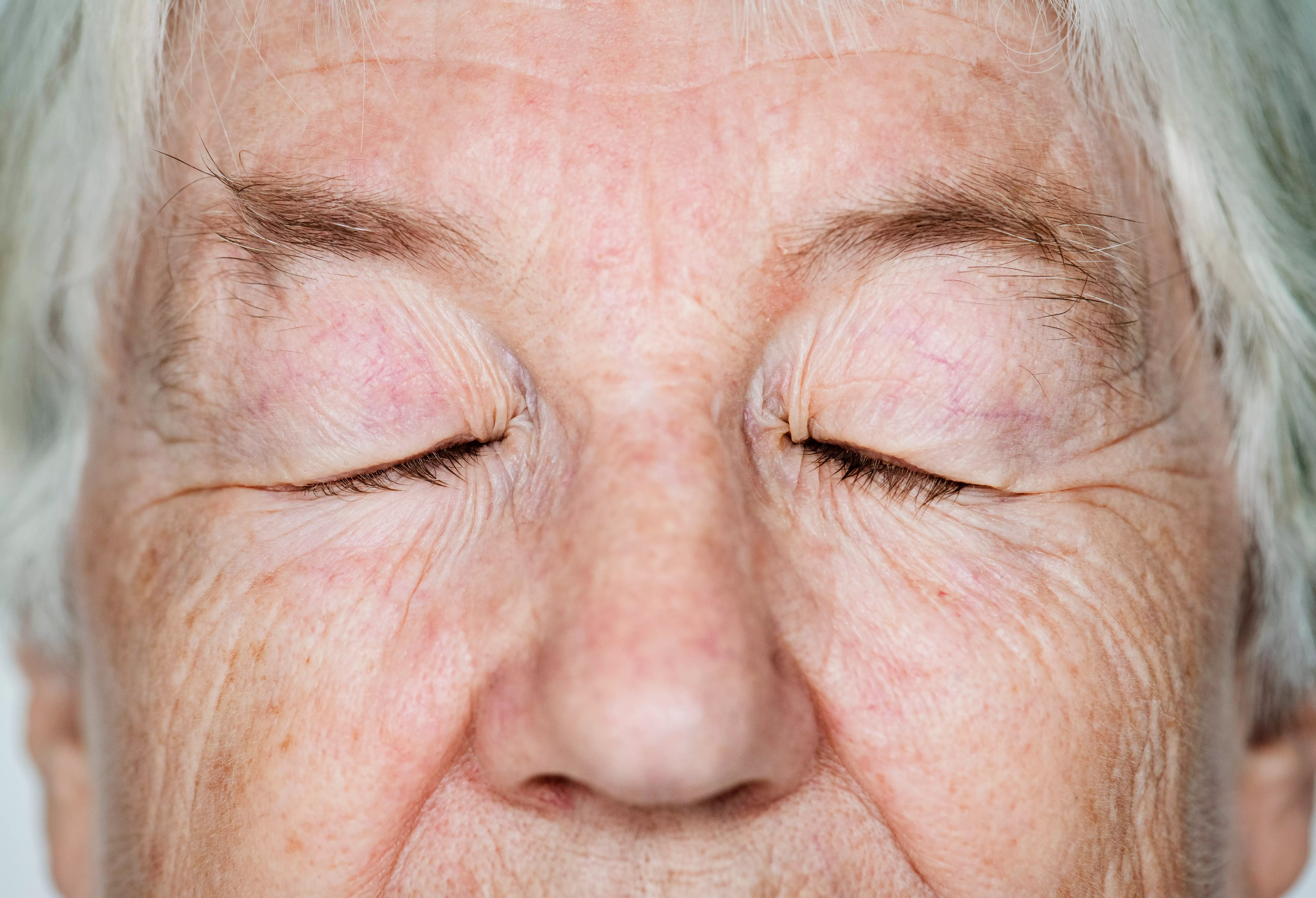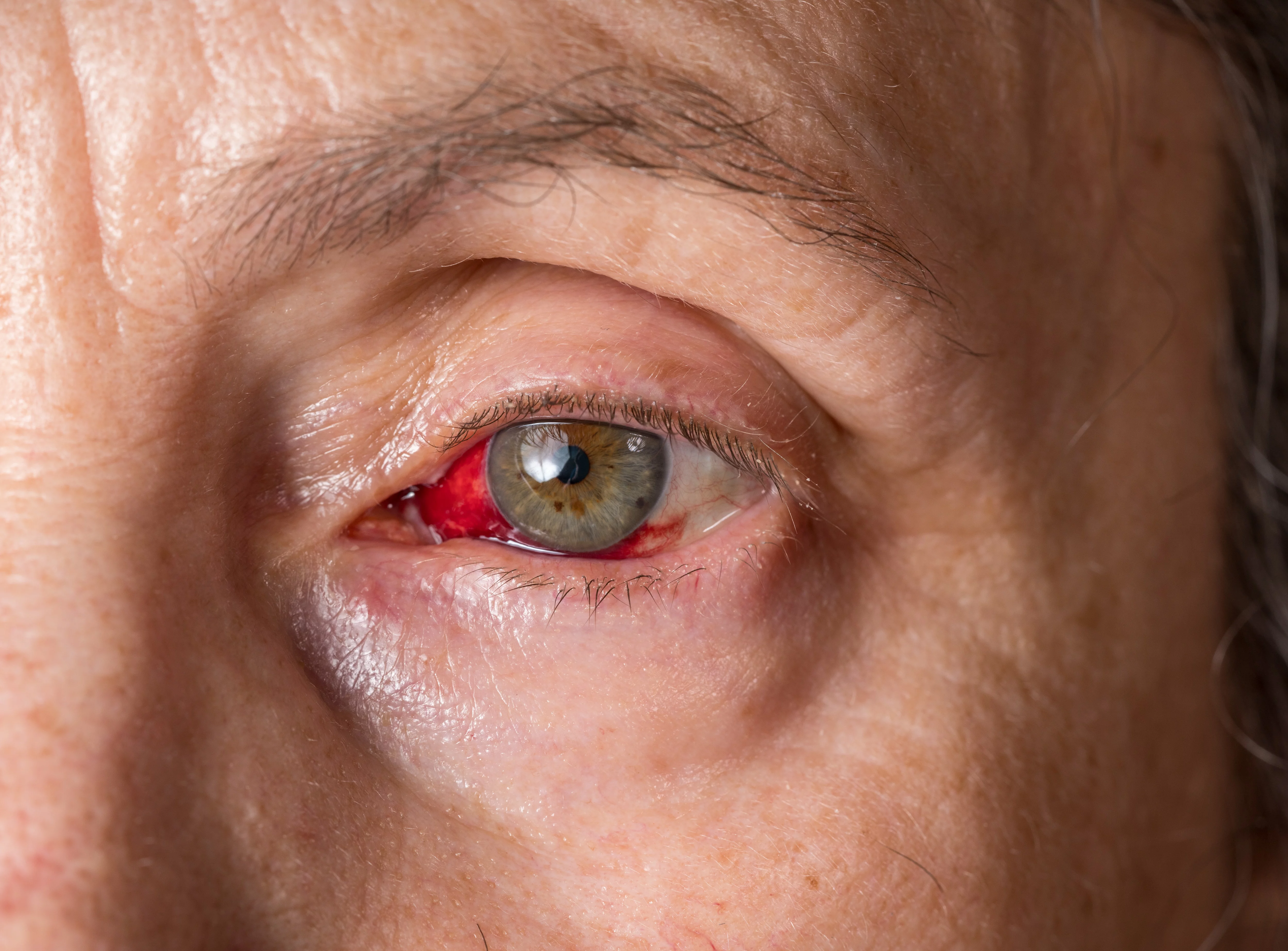Bacterial conjunctivitis

Conjunctivitis, commonly known as “red eye”, is an inflammation of the conjunctiva, the membrane that covers the white surface of the eye. Bacterial conjunctivitis is characterized by discharges of purulent secretions in addition to signs of inflammation of the conjunctiva (red but not painful eye).
Bacterial conjunctivitis is also contagious and requires strict hygiene measures¹⁻³:
- Hand washing before and after touching the eye or instilling antiseptic/antibiotic eye drops or washing solution.
- Thorough cleansing.
- Avoid contact with children and people with fragile eyes.
The doctor might prescribe an antiseptic eye drops or a local antibiotic to help eliminate the bacteria responsible for the infection¹⁻⁷.
There are also forms of conjunctivitis in newborns, most often contracted during delivery. This pathology requires specific management in a suitable environment. Conjunctivitis is common in children but can evolve favorably with antiseptic or antibiotic treatment⁷.


